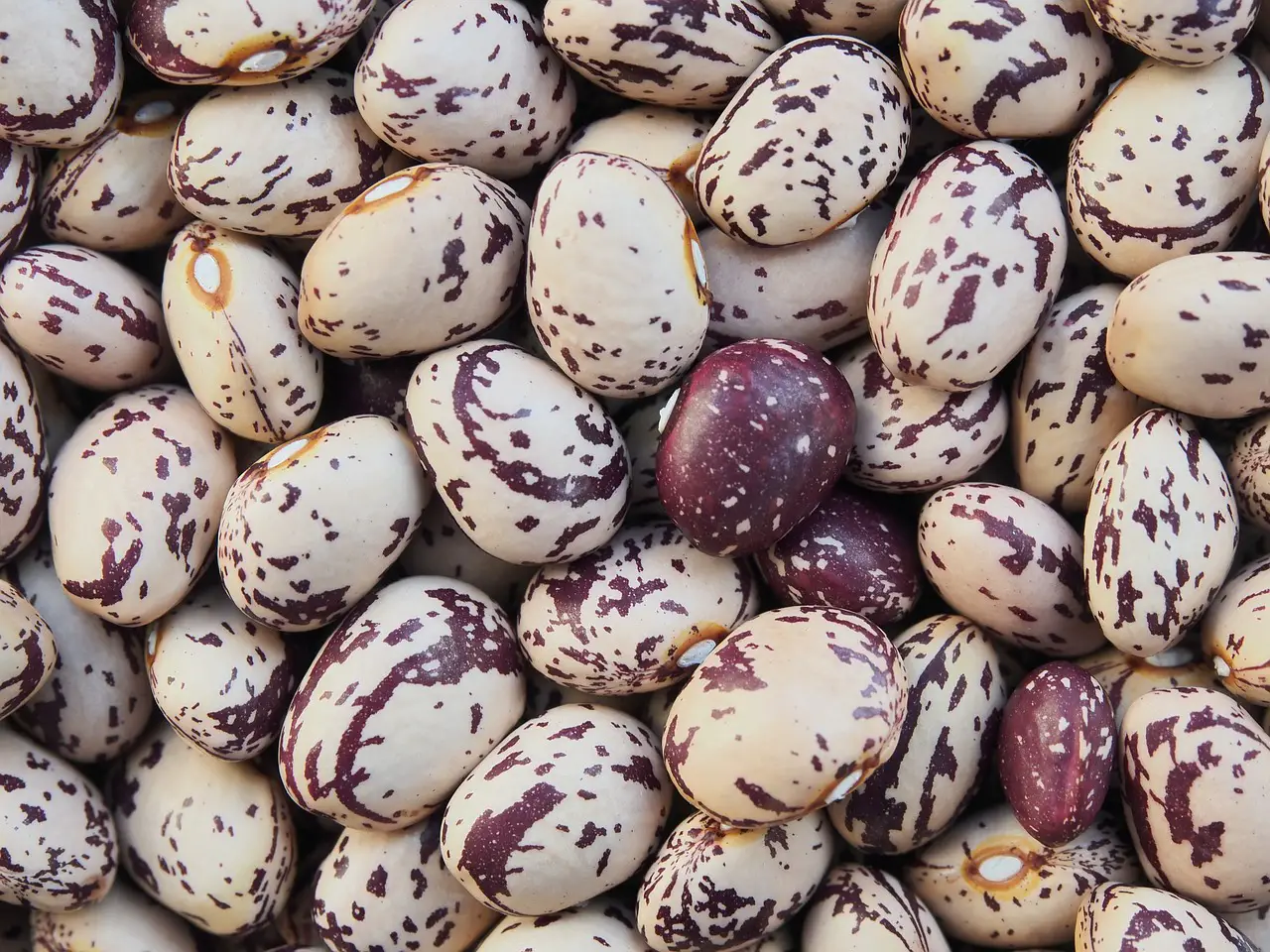Last Updated on April 3, 2024 by Real Men Sow
Borlotti beans are versatile and great for growing your own because they are hard to find in the shops. These beans are deliciously fresh and can be used in salads or drizzled with olive oils. They also work well in stews and soups. They can be grown in large pots for climbing up teepees. Their speckled beauty is why they are so prized.
How Do I Grow Borlotti beans?
From March to June, start borlotti beans in pots on your windowsill or greenhouse. Plant seeds at 4cm depth in 7.5cm pots with seed compost and water. When they reach 7cm in height, they should be ready for the outdoors seven weeks later. Climbing varieties like Lamon prefer a raised bed.
They can be placed up a cane wigwam or in rows 15cm apart with 50cm between rows. Canes can support the rows. You can plant dwarf varieties such as Saluggia 10cm apart in large containers with sticks to support them. It’s best to plant your plants in pots if you get them in April/early May. This will allow the soil to warm up.
Where to Grow Borlotti Beans
A place with access to full-sun
Beans thrive in sunny and well-drained areas. Beans thrive in moist soil that is fertile and protected from the wind. Avoid planting beans in wet soils.
Growing Borlotti Beans In Raised beds or Pots
For climbing beans: best grown in raised beds or traditional vegetable plots. They can also be grown in large, deep containers. You will need to give them something to climb on – the easiest way to do this is to use bamboo canes to make a wigwam.
For dwarf varieties: can be grown in raised beds, traditional vegetable plots and pots and containers. One to four small pots are sufficient. Grow bags (up to four per bag) are also suitable. These dwarf varieties do not need support.
Planting Space For Borlotti Beans
For climbing beans: 30cm apart around the base of wigwam support is about right. For dwarf beans: 20cm apart
Caring for Borlotti Beans
- They need to be well watered. Beans are thirsty plants that require plenty of water in order to thrive. Water plants daily when they are young. You should water your plants frequently and deeply during dry spells. Don’t let the soil dry out.
- Borlotti beans will grow stronger if you keep the weeds at bay.
Common Problems When Growing Borlotti Beans
Slugs & Snails
If slugs or snails are eating your plants, you’ll soon notice the signs like slime trails and nibbled leaves. You can set beer traps and a barrier of natural deterrents (broken eggshells or grit) around your plants’ base. Also, you should conduct a night slug patrol to ensure that the plot is free of slug-friendly hiding spots.
Yellow/discolored leaves
You can tell if the leaves aren’t healthy green that they aren’t getting enough nutrients and water from the soil. You should water your plants every day, especially in the morning. Once they recover, you can give them a liquid feed once a week.
White/brown patches on leaves
Lack of water is the most likely reason for thin, white or brownish-colored leaves. To replenish soil moisture, give your plants a deep watering and then water them every other day to maintain their health.
When to Harvest Borlotti Beans
Soon, the beans will begin to sprout from their pods once the plants have reached maturity. You should pick beans as soon as they reach the correct size. The beans can continue to grow as long as the weather remains warm and dry. This last bit of sunshine is the best. You’ll notice the beans in the pods swell and become plumper.
Bean Leaves Die Back
As the leaves begin to die back, the pods will eventually shrivel up and turn dark purple. When the pods have dried, you will be able to hear them rattle when you shake one. This is the best time for you to pick them up.
If the weather forecast is changing and there’s a prolonged rain spell, it’s a good idea to take any mature pods that have swollen and dry them undercover. This will keep them from becoming moldy and rotten.
Drying Beans To Store
Beans that are grown to be dried and stored (e.g. Borlotti beans are best dried and stored in pods. They should be harvested during a dry spell. When you shake the beans, you should hear their rattling. After the beans have dried completely, you can place them in a pod and seal them.
How To Dry Borlotti Beans
Putting them in a fruit container on a sunny porch or in a greenhouse is a good idea. After the beans have dried completely, place them in an airtight container. They must be completely dried before they can be stored. Otherwise, they will go moldy. The beans will be dry enough if you can’t make a dent in them with your thumbnail, which means they’re completely hard. They can be kept in an airtight container for up to one year.



